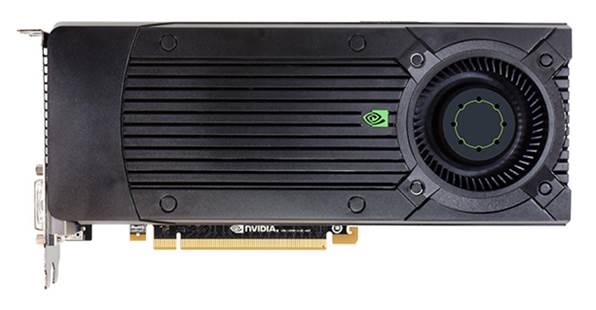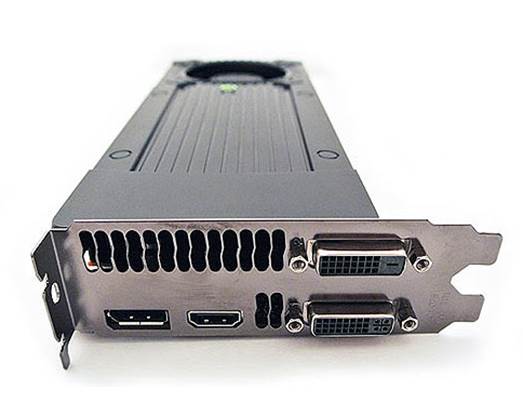Powerful and efficient: hands down
the best mainstream card on the market
Developing new GPUs is expensive, so it’s
no surprise to see firms making the most of what they’ve got. Nvidia’s GeForce
GTX 650 Ti Boost does just that, building on last year’s non-“Boost” Ti card
and improving it across the board.
The older card’s 928MHz core clock has been
raised to 980MHz, and the Ti Boost also benefits from Nvidia’s GPU Boost
technology, which dynamically overclocks the core to 1,032MHz if it hasn’t hit
its 134W power ceiling.

Nvidia
GeForce GTX 650 Ti Boost
The Ti Boost has 2GB of GDDR5 memory
clocked at 1,502MHz, which trumps the 1,350MHz speed of the 650 Ti, and the
192-bit memory bus is wider than the 128-bit hardware on the older card. The
underlying architecture is the same, however, with 2.5 billion transistors and
768 stream processors divided into three GPU clusters.
The Ti Boost competes with the $176 AMD
Radeon HD 6850 (web ID: 362152), and there was only one winner in our
benchmarks. The Ti Boost’s result of 47fps in the 1,920 x 1,080 Very High
quality Crysis benchmark trounced the 33fps score of the Radeon, and it still
scored 40fps when we added 4x anti-aliasing -11 frames faster than its rival.

The
underlying architecture is the same, however, with 2.5 billion transistors and
768 stream processors divided into three GPU clusters
The card continued its good form in
Battlefield 3. With the game running at 1,920 x 1,080 and Ultra settings, the
Ti Boost scored 66fps, falling to 48fps when we activated 4x anti-aliasing.
That’s a fair drop, but there’s still enough power to play top-end games
without compromising on quality.
It isn’t too long for most cases, at 243mm,
nor too power-hungry: it requires only a single, six-pin connector to run. It’s
quiet, even in the most demanding tests, and runs cooler than its rival: the Ti
Boost peaked at 74°C, while the Radeon HD 6850 hit a maximum of 83°C. Our test
rig’s peak power draw was 178W with the Nvidia card installed, far lower than
the 248W with the AMD card in place.

It
isn’t too long for most cases, at 243mm, nor too power-hungry: it requires only
a single, six-pin connector to run
It’s a clean sweep for the Ti Boost, then.
It’s more expensive than its rival, but greater power, better thermal
performance and increased energy-efficiency mean it’s the card of choice for
single screen gaming.
|
Specifications
·
28nm die
·
768 stream processors
·
980MHz core dock
·
1,032MHz boost dock
·
2.5 billion transistors 2GBGDDR5RAM
·
192-bit memory bus
·
243 x 111 x38mm(WDH)
|